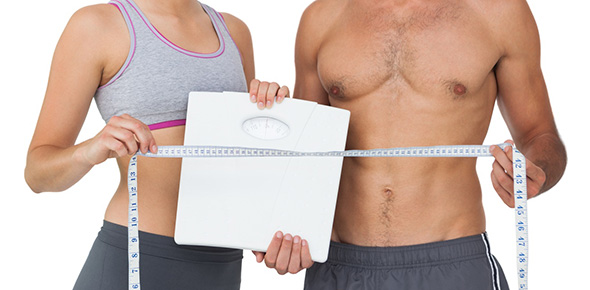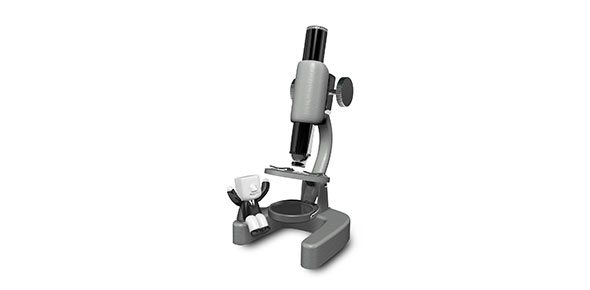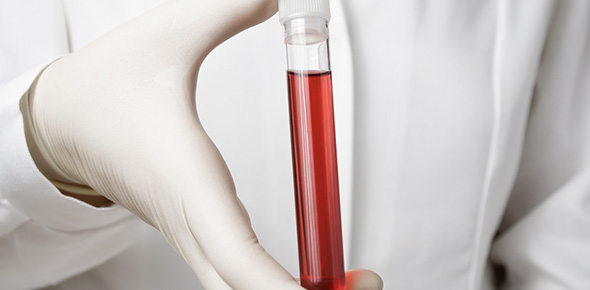Related Flashcards
Cards In This Set
| Front | Back |
|
Inspiration
|
Stimulated by Central Nervous System
Active (diaphragm contracts and
lowers)
Lung volume increases, creating
negative pressure so air can rush in
|
|
Expiration
|
Passive (Diaphragm relaxes and rises)
Lung volume decreases, creating
positive pressure pushing air out
|
|
Accessory Mucles in Respiration
|
Sternocleidomastoid
Pectoralis Major
Serratus Anterior
Subclavian
Abdominal muscles
|
|
SaO2 (Pulse Ox)
|
The amount of oxygen bound to hemoglobin
Normal 95-100%
Below 88% requires oxygen therapy
|
|
Partial Presssure of oxygen in plasma
PaO2
|
Amount of dissolved oxygen in plasma
Measured by Arterial Blood Gas
Normal values: 80-100 mmHg
|
|
Site of gas exchange
|
Capillary beds Inhaled O2 moves from alveoli to capillaries
|
|
Respiratory Control
|
Chemoreceptors control the drive to breathe and respond to changes in pH and CO2
|
|
CO2 Narcosis
|
Increases in CO2 depress the entire central nervous system, inluding the respiratory center Chronically high CO2 levels seen in COPD have lost their normal stimulation Decreases in CO2 reflect CNS stimulation (Low CO2 levls can be seen in patients with pain)
|
|
Lung Compliance
|
Ability of the lung to distend during inspiration and recoil during expiration
|
|
Respiratory Positioning
|
High Fowlers helps in breathing With Pnemonia etc position with Good Lung Down
|
|
S/S of inadequate oxygenation
|
Early: unexplained restlessness, confusion, DOE, tachpnea, tachycardia Immediately check VS and spO2 Late: Confusion/ combativeness, pausing for breath, dyspnea at rest, use of accessory muscles, hypotension, cyanosis
|
|
Normal Blood pH
|
PH 7.35- 7.45 Primary regulator of acid-baseResponds immediately
|
|
Normal PaCO2
|
35-45 mmHgresponds within minutes
|
|
Normal PaO2
|
80-100 mmHg
|
|
Renal Control of Acid/ Base Normal HCO3
|
22-26 mEq/LDelayed response- hours to daysMetabolic component
|






